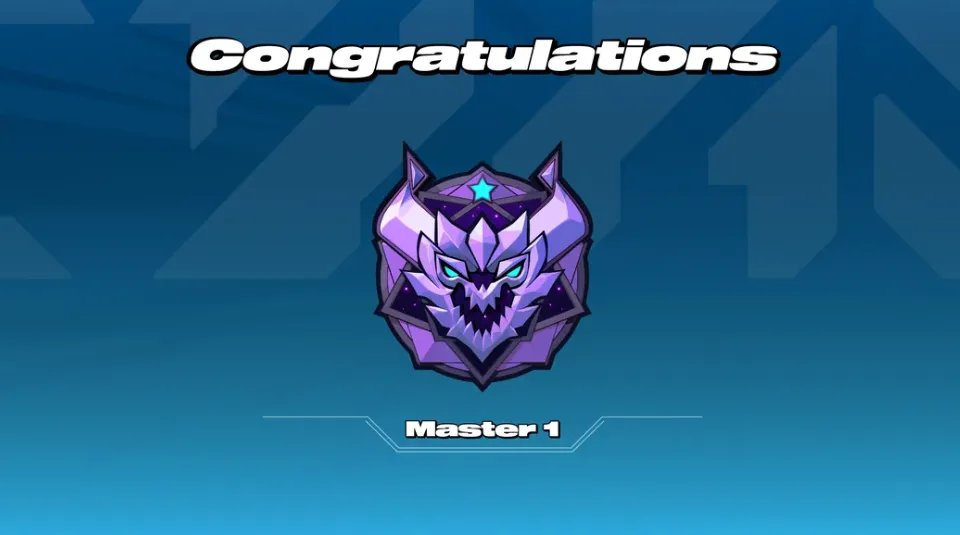Ranked is locked until your account reaches Level 3. Once you hit that threshold, you’ll need to explicitly queue for Ranked — it’s a deliberate opt-in, not something you stumble into from other modes.
Match flow and rematches (best-of-three)
Every Ranked encounter starts with a single match, with an option to run it back for up to two additional games if both sides agree. That creates a best‑of‑three set where counterpicks and mid‑set adjustments matter. If either player declines a rematch, the set ends after the first game.
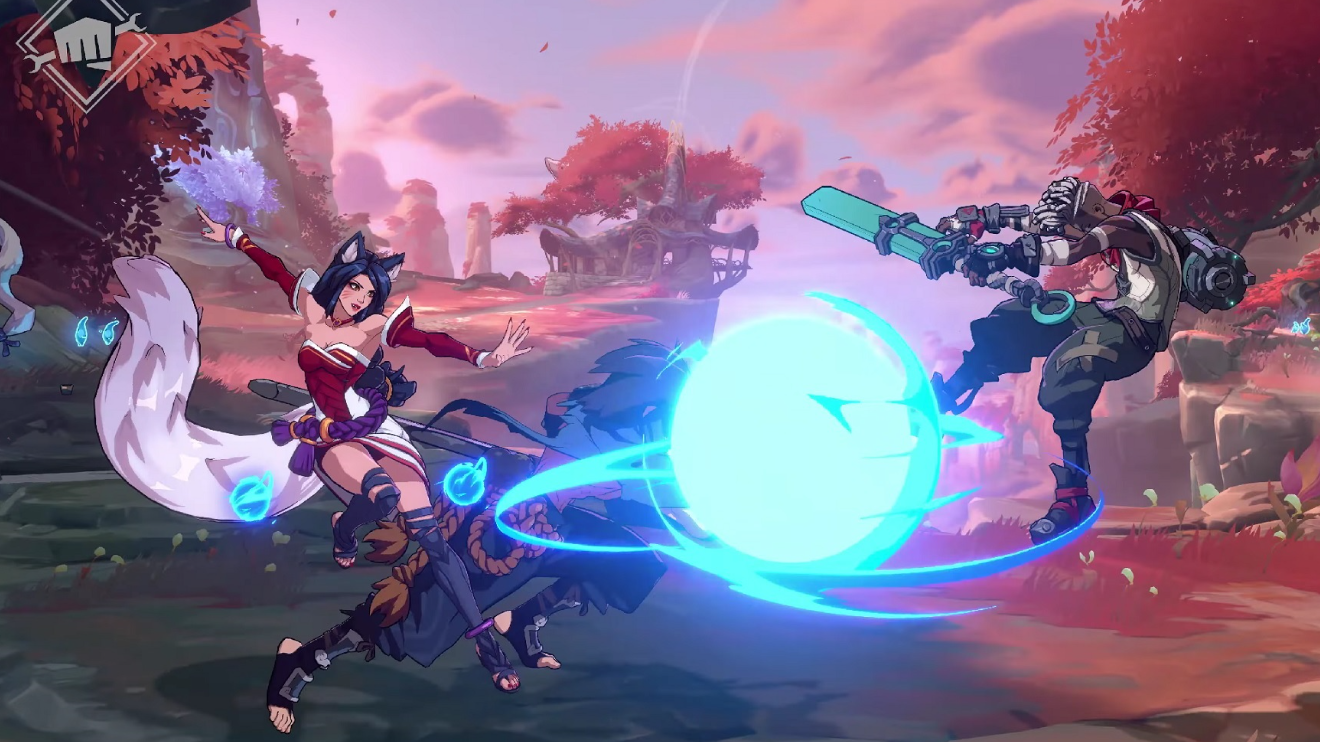
Rank hierarchy and tiers
2XKO uses a tiered ladder with a familiar metal‑through‑master structure and an endgame leaderboard split:
| Rank | Tiers | Notes |
|---|---|---|
| Aspirant | I, II, III | Entry bracket for new players |
| Iron | I, II, III | |
| Bronze | I, II, III | |
| Silver | I, II, III | |
| Gold | I, II, III | |
| Platinum | I, II, III | |
| Emerald | I, II, III | |
| Diamond | I, II, III | |
| Master | I, II, III | |
| Grandmaster | — | No internal tiers |
| Challenger | — | See requirements below |
Ranked Points (RP) and promotions
Wins grant Ranked Points (RP) and losses cost RP. Each tier requires 100 RP to advance. Overflow RP carries over to your new tier or rank.
- Promotion carries over leftover RP. Example: at Gold III with 93 RP, a 10 RP win promotes you to Platinum I with 3 RP.
- Tier numbering is I, II, III within each rank.
Placements (your starting spot)
You must complete five placement matches before you receive a visible rank. After placements, matchmaking shifts you into lobbies around your new skill tier for a smoother climb.
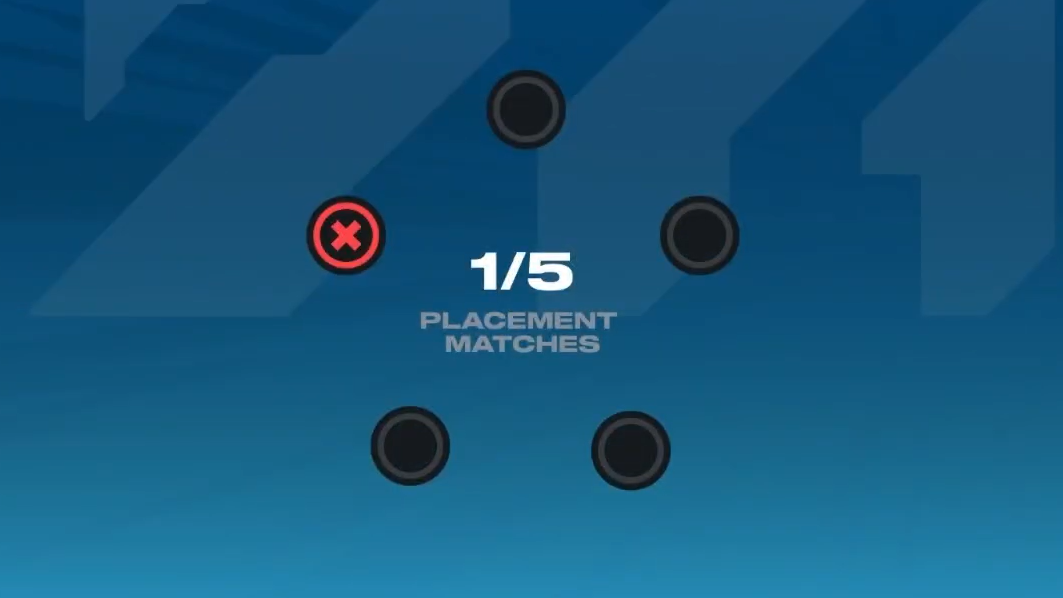
Demotion, protection, and what can’t drop
Promotion is immediate when you have enough RP. Demotion is buffered:
- If a loss would take you below 0 RP, you’re set to 0 RP in your current tier first — a last chance to recover.
- If you lose again at 0 RP, you drop one tier and retain the overflow (e.g., to 90 RP of the lower tier).
- You cannot be demoted to a lower rank. Even at 0 RP, your current rank holds while only tiers can drop.
Grandmaster and Challenger rules
Grandmaster has no internal tiers; players there continue to gain or lose RP as usual. Challenger sits on top with additional criteria:
- You must first be in Grandmaster with 500 RP or more.
- You must also be among the top 100 players on the ranked leaderboard.
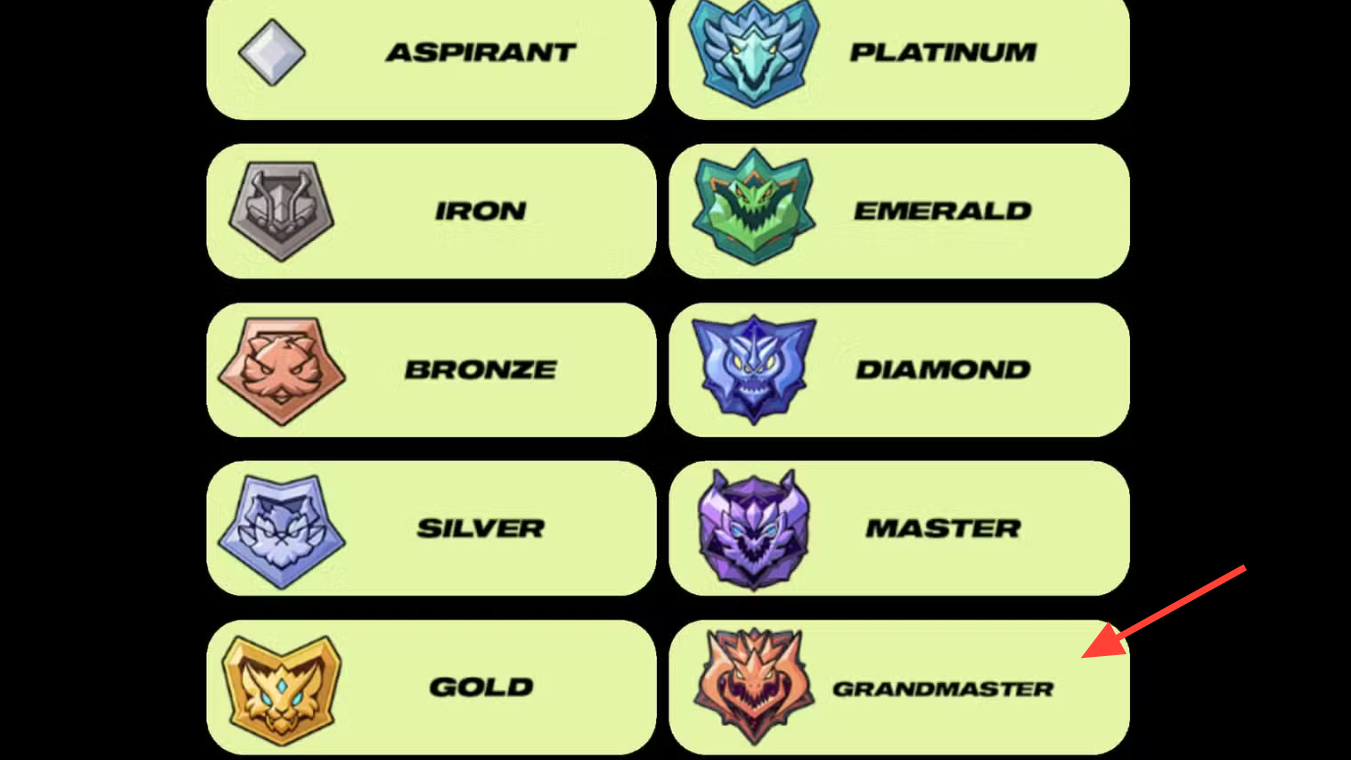
Duo queue (rank mixing and RP adjustments)
Ranked embraces the game’s tag‑team focus. You can duo with friends of any rank. Expect tougher matches when there’s a big skill gap, and be aware RP gains may be reduced to prevent boosting.
Season structure and resets
Seasons set the cadence for progression and rewards. You have the duration of the season to climb and earn exclusive ranked rewards. When the season ends, ranked progress is reset.
Practical examples and edge cases
- Overflow on promotion: Hitting 100 RP in Tier III promotes you straight to Tier I of the next rank with any extra RP intact.
- Loss at low RP: At Silver II with 8 RP, a 10 RP loss puts you at Silver II 0 RP; a subsequent loss demotes you to Silver I 90 RP.
- Rematch etiquette: Either player can decline rematches; if both accept, plan for counterpicks in game two and potential mind‑games in game three.
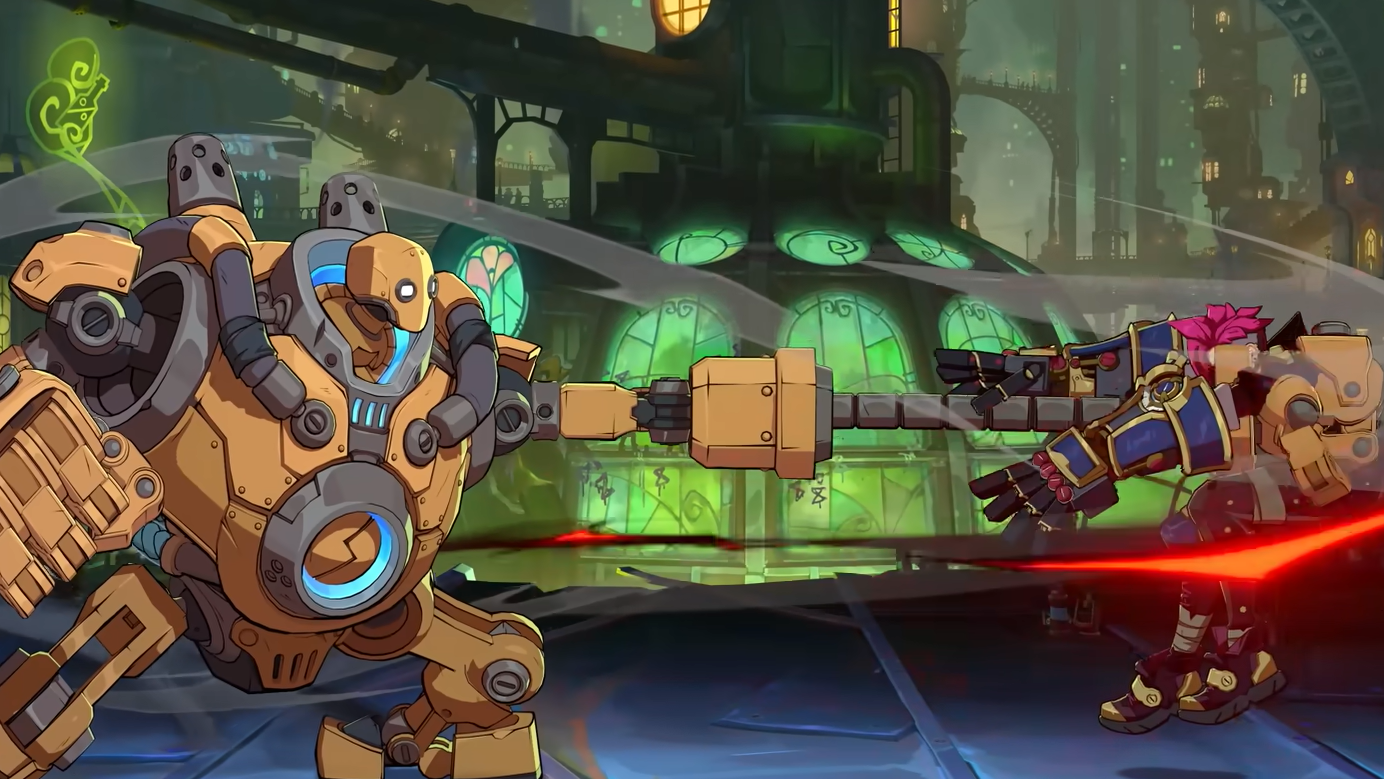
If you’re brand new, focus on getting to Account Level 3, complete your five placements without dodging, and use the rematch option to learn quick adaptations. From there, the climb is about steady RP gains, avoiding 0 RP spirals, and — if you’re aiming high — making the push from Grandmaster toward that top‑100 Challenger cutoff.

